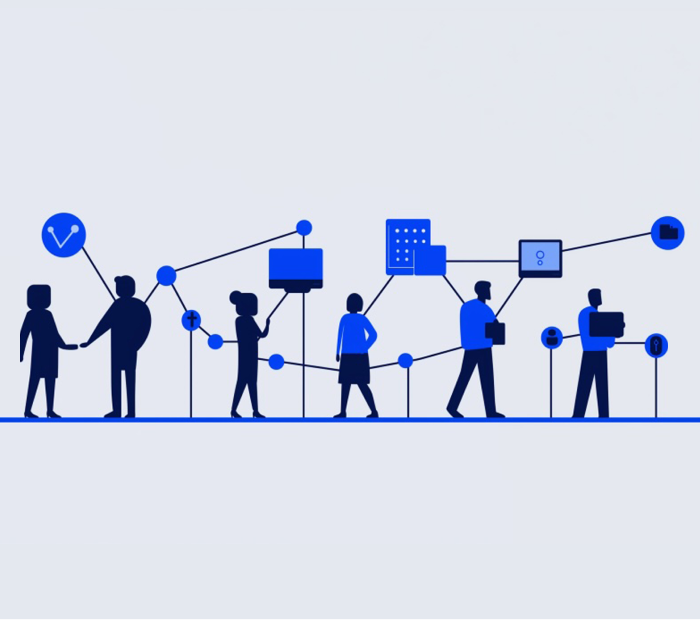
Recognising the Threat Landscape
At the core of a compelling website is a design that centres on the user’s needs. A research institute’s website should be designed to facilitate the discovery process, guiding visitors through complex information with ease and clarity. This begins with a logical structure that intuitively categorises information, allowing users to navigate from general overviews to more in-depth studies effortlessly.
Implementing a Robust Security Framework
Encryption: The First Line of Defense
Access Control: Gatekeepers of Information
Regular Security Training: Building a Human Firewall
Disaster Recovery: Preparing for the Worst
A Culture of Security
For research institutes, a website is more than just a digital brochure; it is a gateway to the wealth of knowledge housed within. In building a new website, marketing and communications managers have the responsibility to integrate stringent digital and web security practices. By doing so, they not only protect the institute’s valuable resources but also affirm their commitment to advancing research in a secure and trusted environment. Fortifying your digital presence is not just about deploying technologies; it’s about cultivating a culture of security that permeates every aspect of the institute’s digital endeavours.
Build your Research Institute Website With Butterfly
Take advantage of the chance to experience the exceptional services provided by Butterfly, a top web design agency in Melbourne. We combine creativity and technical expertise to craft visually stunning and highly functional websites that drive actual business results. Whether you’re a small business or a growing enterprise, our affordable services will help you stand out. Get in touch with us today, and let’s create a website that elevates your brand.
Things to remember
Regular Updates and Patch Management
Always keep your website’s software and platforms up to date with the latest security patches and updates to protect against vulnerabilities.
Strong Authentication Protocols:
Implement robust authentication methods, including multi-factor authentication, to secure access to your website’s administrative functions and sensitive data.
Encryption
Use strong encryption for data in transit and at rest to ensure that sensitive information is unreadable to unauthorised users.
Training and Awareness
Conduct regular cybersecurity training sessions for all staff to recognize and prevent security threats. Promote a culture of security awareness across the institute.
Incident Response Plan
Develop and maintain a clear, actionable incident response plan to quickly and effectively handle any security breaches or data loss scenarios.




